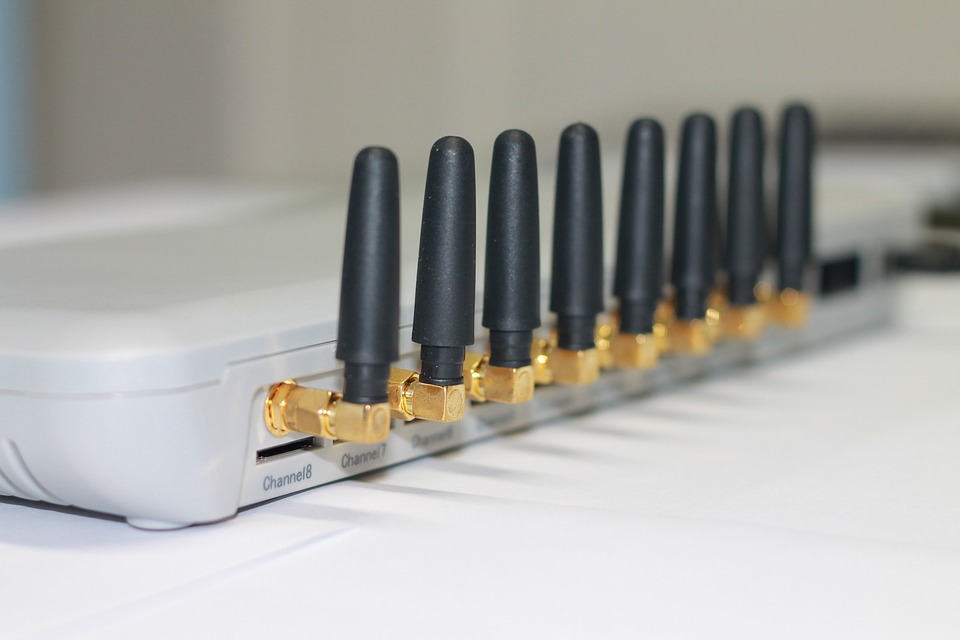In an era dominated by rapid technological advancements, one form of interaction has steadily gained ground: voice user interfaces (VUI). From today’s voice assistants like Amazon’s Alexa and Google Assistant to the impending evolution of conversational AI, VUI is poised to transform the way users engage with devices, services, and ecosystems. In this blog, we’ll explore the rise of voice assistants, delve into the development of compelling voice user interfaces, and offer insights into leveraging tools like Dialogflow to create immersive and intuitive VUI experiences.
The Rise of Voice Assistants
The advent of voice-activated technologies has redefined user experience. Amazon Alexa, Google Assistant, Apple’s Siri, and Microsoft’s Cortana have made their way into millions of homes and smartphones, allowing users to perform tasks through simple voice commands. The ease of accessing information, controlling smart devices, and performing daily activities hands-free has ushered in a new era of convenience.
Consider some statistics that underscore this trend:
- According to research from Voicebot.ai, over 50% of all searches will be voice searches by 2025.
- A report from Juniper Research highlights that smart home devices integrated with voice assistants will reach 100 million units globally by 2024.
This surge in adoption emphasizes the incredible potential of voice technologies and the importance of designing effective VUI.
Understanding Voice User Interfaces
A Voice User Interface (VUI) allows users to interact with services through spoken language, leveraging natural language processing (NLP) capabilities to interpret and respond to user queries. Unlike traditional user interfaces that rely on graphical screens and buttons, VUI strips away visual stimuli, enabling a more human-like interaction.
Successful VUI relies on four key principles:
- Natural Language Understanding (NLU): Ability to interpret and understand user input.
- Context Awareness: Keeping track of previous interactions to maintain context and deliver meaningful responses.
- Error Handling: Acknowledging misunderstandings and gracefully guiding the user back on track.
- Feedback Mechanism: Providing appropriate responses and confirmations to keep users informed.
Enter Dialogflow: A Tool for VUI Development
As developers plunge into the realm of voice technology, tools like Dialogflow offer robust frameworks for creating VUI experiences. Developed by Google, Dialogflow is an NLP platform that helps developers build conversational interfaces. Here’s how you can get started with Dialogflow for VUI development:
Step 1: Define the Use Case
Before diving into development, it’s vital to outline the goals and functionality of your voice application. Are users looking to check the weather, order food, or control smart home devices? Defining the use case will help you tailor the conversational design effectively.
Step 2: Create Your Dialogflow Project
Navigating to the Dialogflow console allows you to set up a new project. Here, you can define intents, which represent user intentions through phrases called training phrases. Each intent can have different responses that your assistant will provide.
Step 3: Leverage Entities
Entities are critical to capturing and understanding specifics within user requests. For example, in a weather application, you may want to identify entities such as "city" and "date." By creating custom entities, Dialogflow can recognize variations in user input and respond accurately.
Step 4: Maintain Context
To create a seamless conversational experience, you can set context in Dialogflow. Contexts enable your assistant to remember previous interactions, leading to personalized responses. For instance, if a user has requested a pizza order, the assistant can maintain the context of that order throughout the interaction.
Step 5: Test and Iterate
Testing your VUI prototype is crucial. Use dialogs to simulate various interactions, identify potential misunderstandings, and refine your responses accordingly. Continuously collect user feedback after deployment to enhance and optimize the overall user experience.
Step 6: Deployment and Integration
Once testing is complete, you can easily deploy your VUI on various platforms. Dialogflow provides integration capabilities for voice assistants like Google Assistant, as well as custom web and mobile applications.
Conclusion
As the success of voice technologies continues to influence user behavior, developers have a unique opportunity to shape the future of interaction through Voice User Interfaces. By harnessing the capabilities of tools like Dialogflow, it’s possible to create compelling, intuitive, and effective voice experiences.
Together, as we immerse ourselves in this evolving landscape, developers are at the forefront of revolutionizing how we interact with the digital world—proving that the future of technology is, indeed, audible. Embrace the challenge, innovate fearlessly, and make your mark in the voice-first world.



